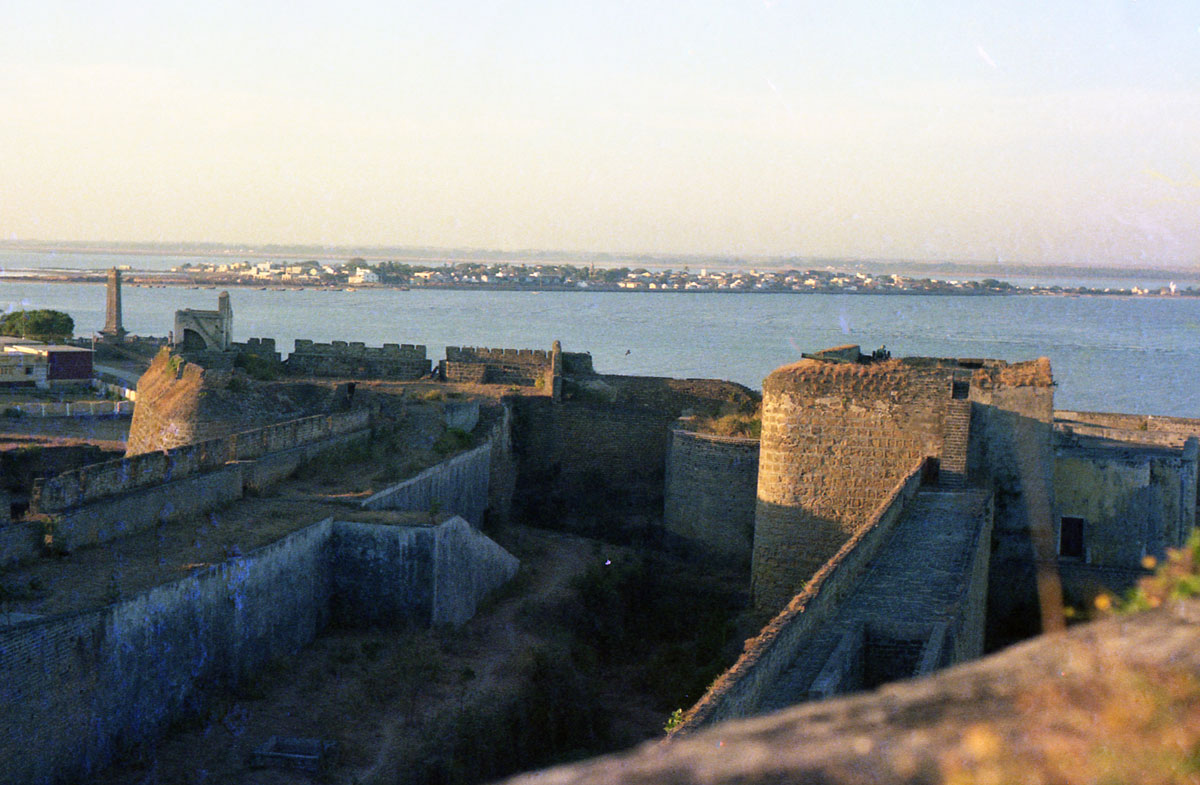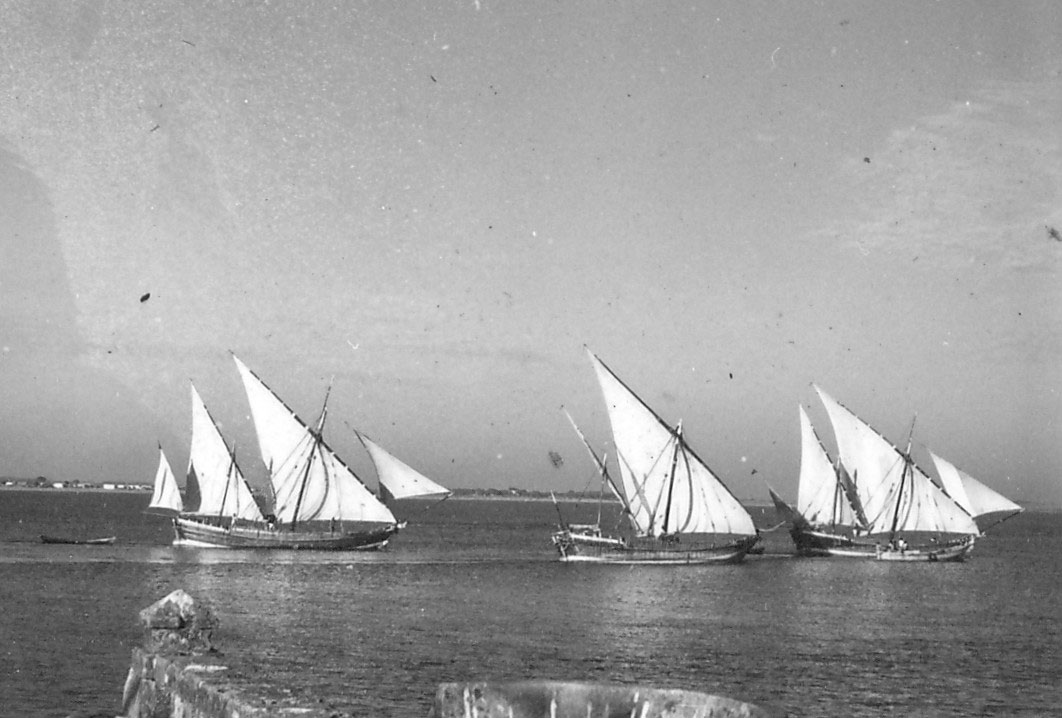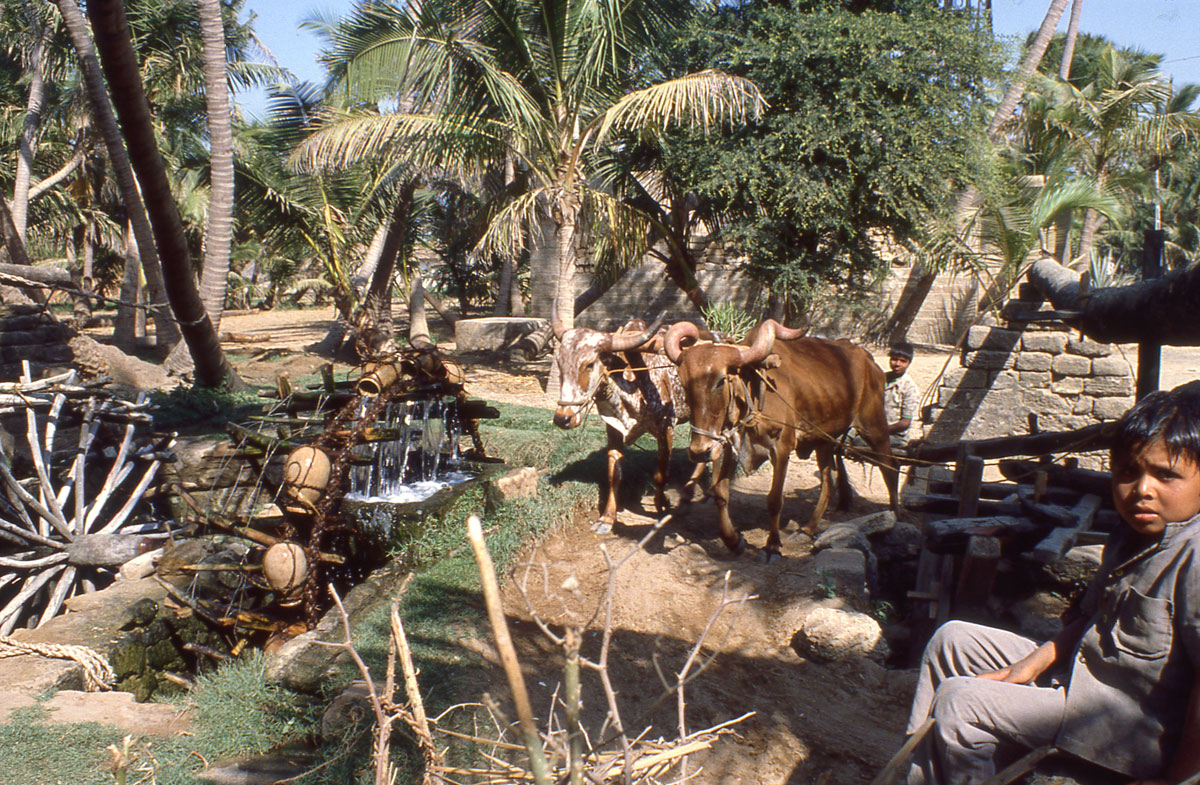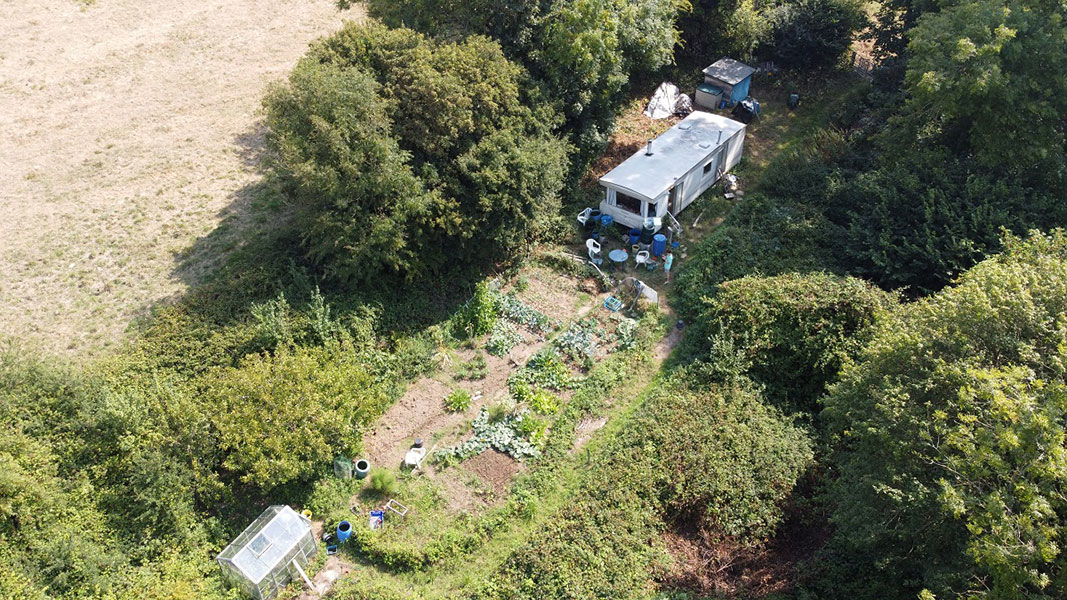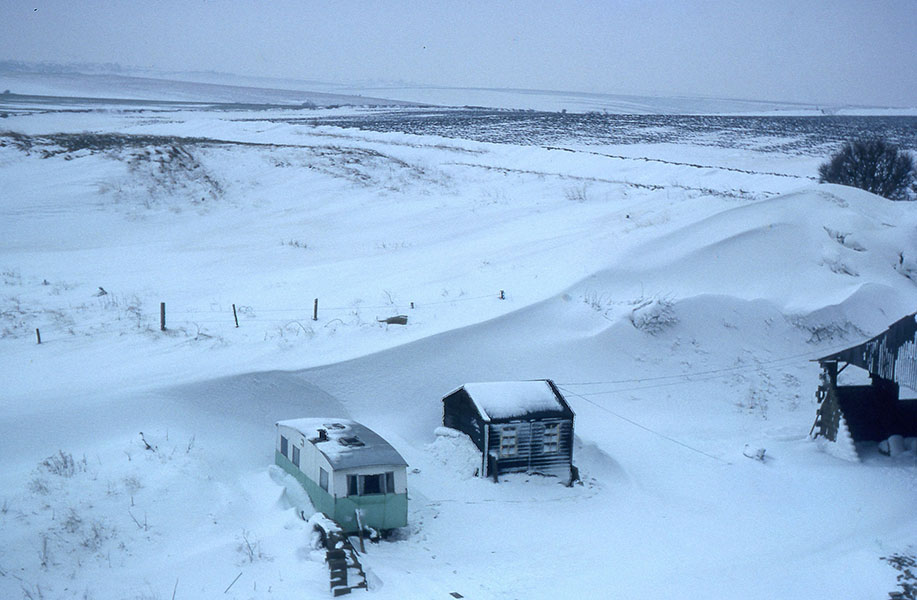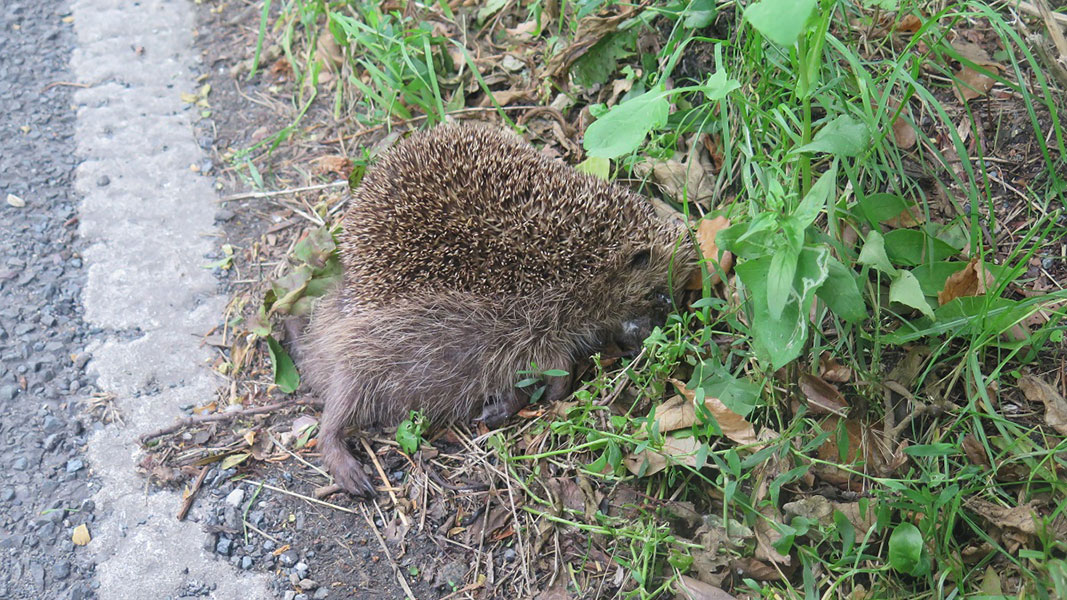41. Christmas In Diu
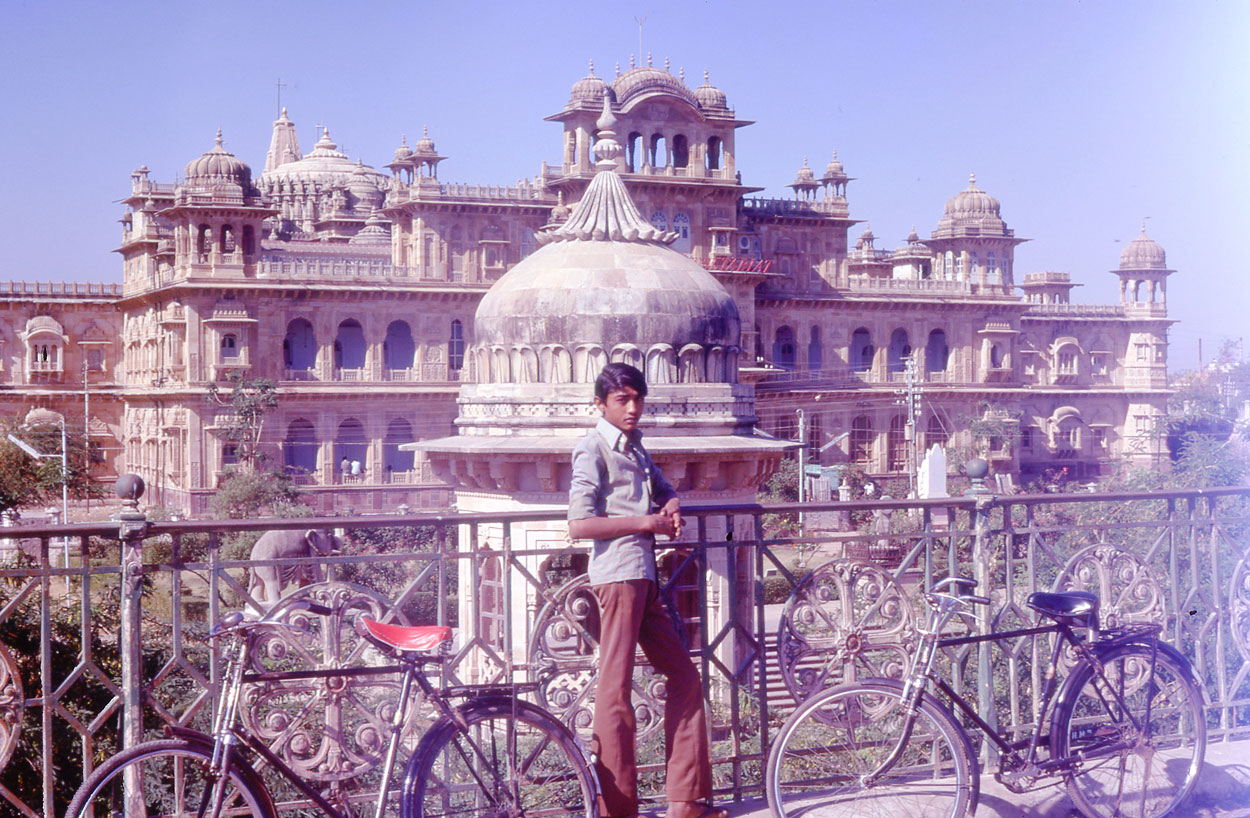
40. Cycling From Kutch To Diu
January 28, 2021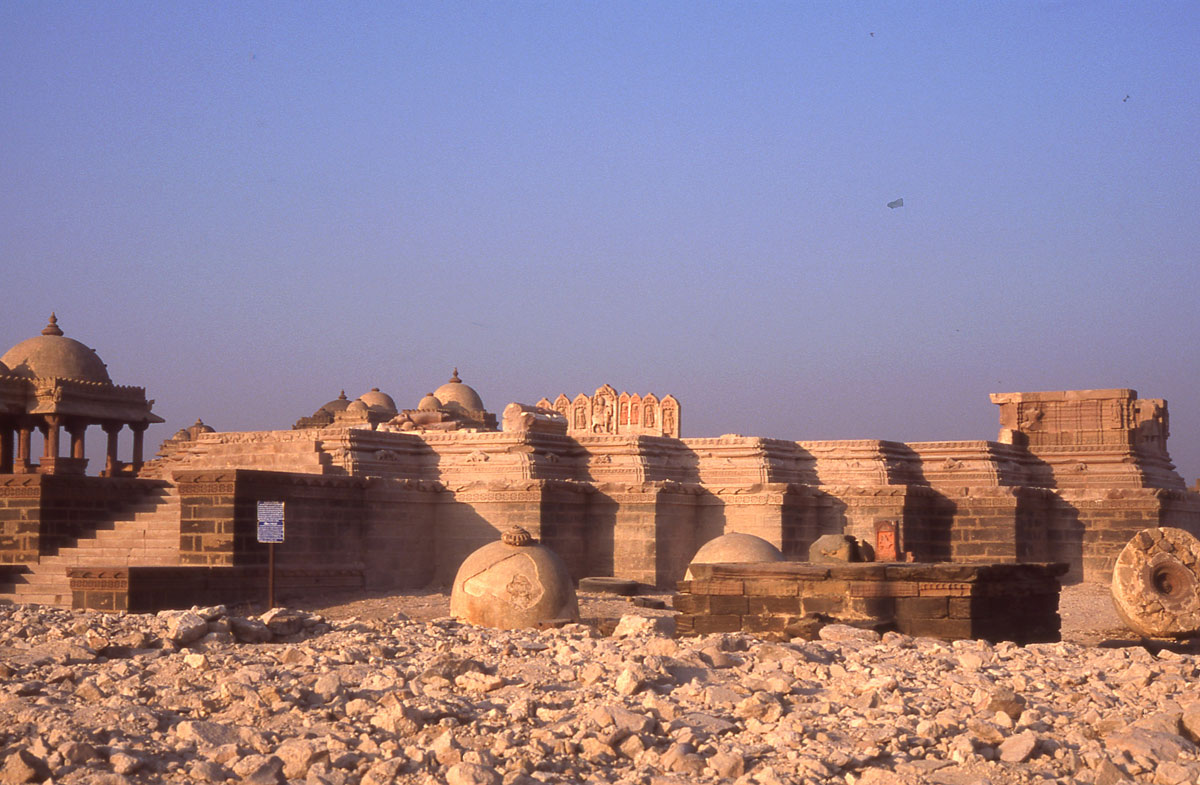
42. When Kutch Shook
February 11, 2021I t was a bad trip, that first one to Diu. The 25 km stretch from Kodinar was hard work, an open road heading straight into a brisk north-east wind. Things improved with a sharp turn southwards; for 10 km I was sailing then rose up over the only bridge onto Diu island. Corruption in Gujarat was aided by Prohibition and Diu offered the cheapest liquor in India so there was a checkpoint at the bridge. Diu town was another 6 km east – into that headwind again.
The town was separated from the rest of the island by a magnificent sea-to-sea wall beside a once-tidal dry moat, defences created in the 16th century. Exhausted, I entered a gateway, crowned by a Christian saint, into quiet, deserted streets leading to the Bund and a PWD (Public Works Department) bungalow. There, I slept out the siesta. Always reliable, Goodie Vohra, a Delhi friend, had sent money and forwarded letters to Diu's GPO. Indians criticise their postal system: I found it excellent.
It was 22nd December: I had planned Christmas in this erstwhile Portuguese colony but most of the Christians along with the Parsis had retreated after 1961, when India absorbed these last outposts of colonialism. After 450 years occupation, the Iberian imprint remained strong. Older folk, their hearts warm to Lisbon and Mozambique, retained Portuguese passports and mourned a regime increasingly lovable with distance. In the bars middle-aged men remembered the glories of Portugal and its dictator, Salazar, graphically describing India's 'invasion'. An ugly painted 'eagle' commemorated the seven Indian soldiers who died; Indian sculpture sank to its deepest depths during the 20th century.
Tourism was then limited to weekend invasions of Gujarati drinkers but there was an Australian traveller, Philip, in the bungalow where, each evening, some hundred emerald bee-eaters would roost in trees outside my window. Together, we explored the island, starting with St Paul's and St Thomas's churches, which faced the fort dominating the east side of town. St Paul's, built in 1681, was locked but steps led up to the choir and a view of a dim interior decorated for Christmas, its altar set against a deeply-carved wooden screen. Swifts screamed inside older, derelict St Thomas's. A little bridge crossed the tidal moat cut into the soft yellow limestone into the fort. The stone they removed must be in the walls; the rest came from deep quarries nearby. At low tide there were several stone cannon balls on the mud. The fort's entrance passed through the still-functional jail where the sole inhabitant was a huge bronze of Nuno da Cunha, a 16th century governor of Portuguese Asia. Later, a local friend would spend several days there and his mother brought breakfast each morning.
The fort combined with a small sea-fort to guard Diu's harbour; a chain between them could be raised to seal the channel. Iron and bronze cannon, some inscribed to the brief united Spanish and Portuguese kingdom, defended the walls while in the sea below large turtles rose and sunk. Some of the buildings still bore wounds from an Indian air-raid during the 1961 assault. We returned past fishermen unloading their catch. One grabbed a very blonde kid and gestured our resemblance. He yelled. Poor kid must get that hassle with every passing European.
Next day, Philip hired a bike and we set off for a planned resort, Nagoa. It was a non-event, consisting of a derelict Parsi villa, a new but unused government-built set of changing rooms and a small blockhouse with an inscription in Portuguese dated 1744 which was demolished in 1993. Not far off some boys supervised a Persian wheel, a pair of bullocks rotating a wheel geared to a roped loop holding pots which, as it rotated, emptied one after another into an irrigation channel. Further on we swam from a great sweep of beach where an osprey quartered and dived to seize fish. Beyond dolphins rose and fell. At Vanakbara, the west ernd of the island, we were too mobbed by kids to delay.
Back at Diu (complete with a puncture) I took a monochrome film to be developed. The shopkeeper had no paper but provided the negatives free, then produced a violin he wanted to sell. I looked it over with no intention to buy, noticing an ancient label inside which read 'Antonio Stradavarius Cremoniensis faciebit 1713'. Perhaps it was genuine, but that chance was too remote for me to make an offer! I still wonder, though....
Then came Christmas. The bars were closed that evening, St Paul's church open for Midnight Mass with such a small congregation that, instead of standing at the main altar, the priest used a table halfway up the aisle. A ragged choir sang 'Silent Night' in Portuguese save for one verse in English. Then, at midnight, a man-sized angel came zipping from the ceiling along a wire and came to a jerky halt above the crib. Outside a deafening storm of firecrackers announced Christ's birth. The Mass continued in a mixture of Latin and Portuguese. Philip left early, but I stayed till the end returning 'Happy Christmases' with the retreating congregation.
We spent Christmas morning in a toddy shop with some friendly folk. One man invited us back to tea. On his wall was a fascinating old print showing dhoti-ed Gandhiji having tea with King George V, Queen Mary pouring while Sarojini Naidu sat on the floor.
That cursed cycle had produced a large boil on my arse. Both of us left Diu next day, Philip taking a bus and I cycling painfully to mainland Delwada's station. There, I sent the bike to Delhi: should have abandoned it – not worth the fare!
Philip left for Ahmedabad and the mysterious rest of his life. There were many such short-term encounters on the road. Me, I went to a friend's place in Baroda and lay on my face reading 'The Hobbit' until that boil burst!

